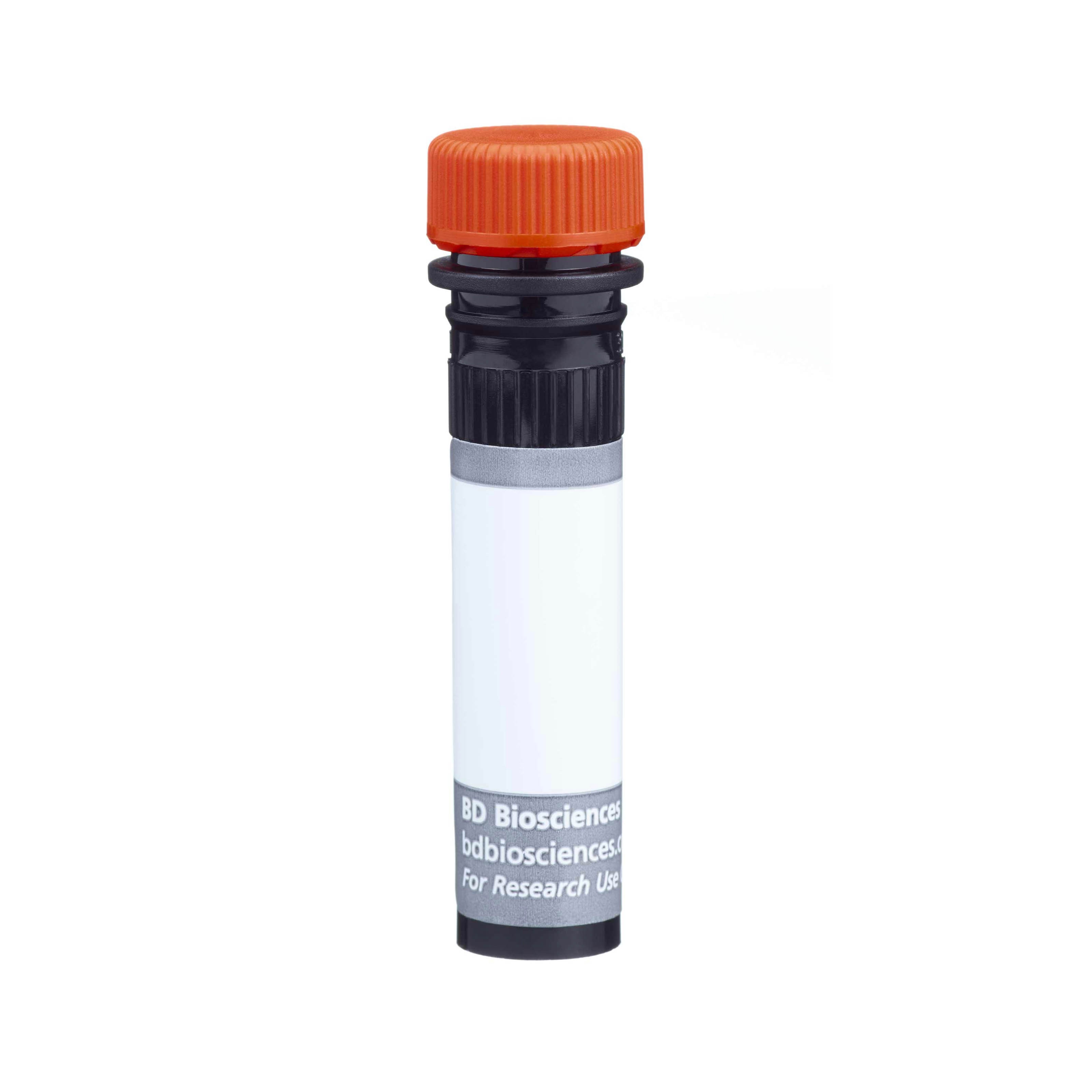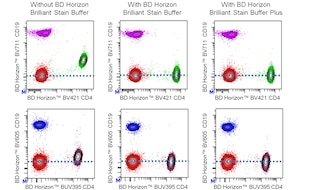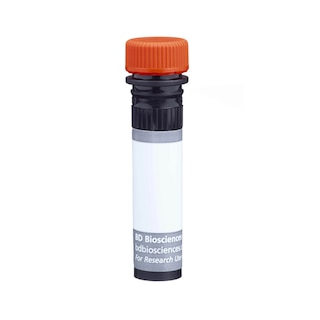-
Training
- Flow Cytometry Basic Training
-
Product-Based Training
- BD FACSDiscover™ S8 Cell Sorter Product Training
- Accuri C6 Plus Product-Based Training
- FACSAria Product Based Training
- FACSCanto Product-Based Training
- FACSLyric Product-Based Training
- FACSMelody Product-Based Training
- FACSymphony Product-Based Training
- HTS Product-Based Training
- LSRFortessa Product-Based Training
- Advanced Training
-
- BD FACSDiscover™ S8 Cell Sorter Product Training
- Accuri C6 Plus Product-Based Training
- FACSAria Product Based Training
- FACSCanto Product-Based Training
- FACSLyric Product-Based Training
- FACSMelody Product-Based Training
- FACSymphony Product-Based Training
- HTS Product-Based Training
- LSRFortessa Product-Based Training
- United States (English)
-
Change country/language
Old Browser
This page has been recently translated and is available in French now.
Looks like you're visiting us from {countryName}.
Would you like to stay on the current country site or be switched to your country?




Multicolor flow cytometric analysis of CD45R/B220 expression on mouse splenocytes. Mouse splenic leucocytes were stained with FITC Hamster Anti-Mouse CD3e antibody (Cat. No. 553062/553061/561827) and either BD Horizon™ BUV737 Rat IgG2a, κ Isotype Control (Cat. No. 612760; Left Plot) or BD Horizon™ BUV737 Rat Anti-Mouse CD45R/B220 antibody (Cat. No. 612838/612839; Right Plot) at 0.25 µg/test. The bivariate pseudocolor density plot showing the correlated expression of CD45R/B220 (or Ig Isotype control staining) versus CD3e was derived from gated events with the forward and side light-scatter characteristics of intact splenic leucocytes. Flow cytometry and data analysis were performed using a BD LSRFortessa™ X-20 Cell Analyzer System and FlowJo™ software. Data shown on this Technical Data Sheet are not lot specific.


BD Horizon™ BUV737 Rat Anti-Mouse CD45R/B220

Regulatory Status Legend
Any use of products other than the permitted use without the express written authorization of Becton, Dickinson and Company is strictly prohibited.
Preparation And Storage
Recommended Assay Procedures
BD® CompBeads can be used as surrogates to assess fluorescence spillover (Compensation). When fluorochrome conjugated antibodies are bound to BD® CompBeads, they have spectral properties very similar to cells. However, for some fluorochromes there can be small differences in spectral emissions compared to cells, resulting in spillover values that differ when compared to biological controls. It is strongly recommended that when using a reagent for the first time, users compare the spillover on cells and BD CompBead to ensure that BD® CompBeads are appropriate for your specific cellular application.
For optimal and reproducible results, BD Horizon Brilliant™ Stain Buffer should be used anytime BD Horizon Brilliant™ dyes are used in a multicolor flow cytometry panel. Fluorescent dye interactions may cause staining artifacts which may affect data interpretation. The BD Horizon Brilliant™ Stain Buffer was designed to minimize these interactions. When BD Horizon Brilliant™ Stain Buffer is used in in the multicolor panel, it should also be used in the corresponding compensation controls for all dyes to achieve the most accurate compensation. For the most accurate compensation, compensation controls created with either cells or beads should be exposed to BD Horizon Brilliant™ Stain Buffer for the same length of time as the corresponding multicolor panel. More information can be found in the Technical Data Sheet of the BD Horizon Brilliant™ Stain Buffer (Cat. No. 563794/566349) or the BD Horizon Brilliant™ Stain Buffer Plus (Cat. No. 566385).
Note: When using high concentrations of antibody, background binding of this dye to erythroid cell subsets (mature erythrocytes and precursors) has been observed. For researchers studying these cell populations, or in cases where light scatter gating does not adequately exclude these cells from the analysis, this background may be an important factor to consider when selecting reagents for panel(s).
Product Notices
- Since applications vary, each investigator should titrate the reagent to obtain optimal results.
- An isotype control should be used at the same concentration as the antibody of interest.
- Caution: Sodium azide yields highly toxic hydrazoic acid under acidic conditions. Dilute azide compounds in running water before discarding to avoid accumulation of potentially explosive deposits in plumbing.
- For fluorochrome spectra and suitable instrument settings, please refer to our Multicolor Flow Cytometry web page at www.bdbiosciences.com/colors.
- BD Horizon Brilliant Ultraviolet 737 is covered by one or more of the following US patents: 8,110,673; 8,158,444; 8,227,187; 8,575,303; 8,354,239.
- BD Horizon Brilliant Stain Buffer is covered by one or more of the following US patents: 8,110,673; 8,158,444; 8,575,303; 8,354,239.
- Please refer to http://regdocs.bd.com to access safety data sheets (SDS).
- Please refer to www.bdbiosciences.com/us/s/resources for technical protocols.
Companion Products






The RA3-6B2 monoclonal antibody specifically binds to an epitope on the extracellular domain of the transmembrane CD45 glycoprotein which is dependent upon the expression of exon A and specific carbohydrate residues. It is expressed on B lymphocytes at all stages from pro-B through mature and activated B cell, but it is decreased on plasma cells and a subset of memory B cells. The levels of CD45R expression on the B-cell lineage appear to be developmentally regulated. It is also reportedly found on the abnormal T cells involved in the lymphadenopathy of lpr/lpr and gld/gld mutant mice, on lytically active subsets of lymphokine-activated killer cells (NK cells and non-MHC-restricted CTL), on apoptotic T lymphocytes of mice injected with bacterial superantigen, on a population of NK-cell precursors in the bone marrow, and on B-lymphocyte, T-lymphocyte, and macrophage progenitors in fetal liver. The CD45R antigen has been reported not to be on hematopoietic stem cells, naive T lymphocytes, or MHC-restricted CTL. CD45 is a member of the Protein Tyrosine Phosphatase (PTP) family: Its intracellular (COOH-terminal) region contains two PTP catalytic domains, and the extracellular region is highly variable due to alternative splicing of exons 4, 5, and 6 (designated A, B, and C, respectively), plus differing levels of glycosylation. The CD45 isoforms detected in the mouse are cell type-, maturation, and activation state-specific. The CD45 isoforms play complex roles in T-cell and B-cell antigen receptor signal transduction. CD45R is commonly used as a pan B-cell marker; however, CD19 expression, detectable by the rat anti-mouse CD19 antibody (clone 1D3), is reported to be more restricted to the B-cell lineage. The rat anti-mouse CD45R antibody (clone RA3-6B2) has been reported to enhance isotype switching during in vitro B-cell responses and to inhibit in vivo B-cell responses. Cross-reaction of the RA3-6B2 clone with activated human T lymphocytes has also been reportedly observed.

Development References (15)
-
Allman DM, Ferguson SE, Cancro MP. Peripheral B cell maturation. I. Immature peripheral B cells in adults are heat-stable antigenhi and exhibit unique signaling characteristics. J Immunol. 1992; 149(8):2533-2540. (Clone-specific: Flow cytometry). View Reference
-
Asensi V, Kimeno K, Kawamura I, Sakumoto M, Nomoto K. Treatment of autoimmune MRL/lpr mice with anti-B220 monoclonal antibody reduces the level of anti-DNA antibodies and lymphadenopathies. Immunology. 1989; 68(2):204-208. (Clone-specific: Flow cytometry, In vivo exacerbation). View Reference
-
Ballas ZK, Rasmussen W. Lymphokine-activated killer cells. VII. IL-4 induces an NK1.1+CD8 alpha+beta- TCR-alpha beta B220+ lymphokine-activated killer subset. J Immunol. 1993; 150(1):17-30. (Clone-specific: Flow cytometry, Fluorescence activated cell sorting). View Reference
-
Bleesing JJ, Fleisher TA. Human B cells express a CD45 isoform that is similar to murine B220 and is downregulated with acquisition of the memory B-cell marker CD27.. Cytometry B Clin Cytom. 2003; 51(1):1-8. (Clone-specific: Flow cytometry). View Reference
-
Bleesing JJ, Morrow MR, Uzel G, Fleisher TA. Human T cell activation induces the expression of a novel CD45 isoform that is analogous to murine B220 and is associated with altered O-glycan synthesis and onset of apoptosis. Cell Immunol. 2001; 213(1):72-81. (Clone-specific: Flow cytometry). View Reference
-
Coffman RL. Surface antigen expression and immunoglobulin gene rearrangement during mouse pre-B cell development. Immunol Rev. 1982; 69:5-23. (Immunogen: Blocking, Flow cytometry, Immunofluorescence, Immunoprecipitation). View Reference
-
Driver DJ, McHeyzer-Williams LJ, Cool M, Stetson DB, McHeyzer-Williams MG. Development and maintenance of a B220- memory B cell compartment. J Immunol. 2001; 167(3):1393-1405. (Clone-specific: Flow cytometry, Fluorescence activated cell sorting, Fluorescence microscopy, Immunofluorescence). View Reference
-
George A, Rath S, Shroff KE, Wang M, Durdik JM. Ligation of CD45 on B cells can facilitate production of secondary Ig isotypes. J Immunol. 1994; 152(3):1014-1021. (Clone-specific: Functional assay). View Reference
-
Hardy RR, Carmack CE, Shinton SA, Kemp JD, Hayakawa K. Resolution and characterization of pro-B and pre-pro-B cell stages in normal mouse bone marrow. J Exp Med. 1991; 173(5):1213-1225. (Clone-specific: Flow cytometry, Fluorescence activated cell sorting, Immunofluorescence). View Reference
-
Hathcock KS, Hirano H, Murakami S, Hodes RJ. CD45 expression by B cells. Expression of different CD45 isoforms by subpopulations of activated B cells. J Immunol. 1992; 149(7):2286-2294. (Clone-specific: Flow cytometry). View Reference
-
Krop I, de Fougerolles AR, Hardy RR, Allison M, Schlissel MS, Fearon DT. Self-renewal of B-1 lymphocytes is dependent on CD19. Eur J Immunol. 1996; 26(1):238-242. (Clone-specific: Flow cytometry). View Reference
-
Puzanov IJ, Bennett M, Kumar V. IL-15 can substitute for the marrow microenvironment in the differentiation of natural killer cells. J Immunol. 1996; 157(10):4282-4285. (Clone-specific: Flow cytometry). View Reference
-
Renno T, Hahne M, Tschopp J, MacDonald HR. Peripheral T cells undergoing superantigen-induced apoptosis in vivo express B220 and upregulate Fas and Fas ligand. J Exp Med. 1996; 183(2):431-437. (Clone-specific: Flow cytometry). View Reference
-
Rolink A, ten Boekel E, Melchers F, Fearon DT, Krop I, Andersson J. A subpopulation of B220+ cells in murine bone marrow does not express CD19 and contains natural killer cell progenitors. J Exp Med. 1996; 183(1):187-194. (Clone-specific: Flow cytometry, Fluorescence activated cell sorting). View Reference
-
Sagara S, Sugaya K, Tokoro Y, et al. B220 expression by T lymphoid progenitor cells in mouse fetal liver. J Immunol. 1997; 158(2):666-676. (Clone-specific: Flow cytometry, Fluorescence activated cell sorting). View Reference
Please refer to Support Documents for Quality Certificates
Global - Refer to manufacturer's instructions for use and related User Manuals and Technical data sheets before using this products as described
Comparisons, where applicable, are made against older BD Technology, manual methods or are general performance claims. Comparisons are not made against non-BD technologies, unless otherwise noted.
For Research Use Only. Not for use in diagnostic or therapeutic procedures.
Report a Site Issue
This form is intended to help us improve our website experience. For other support, please visit our Contact Us page.